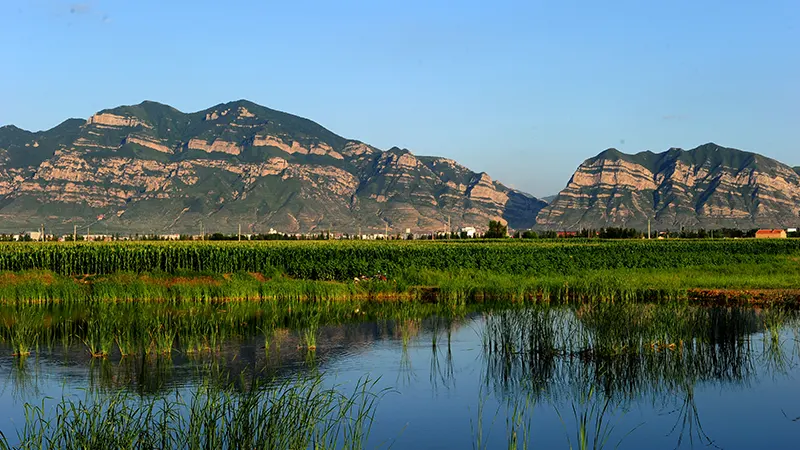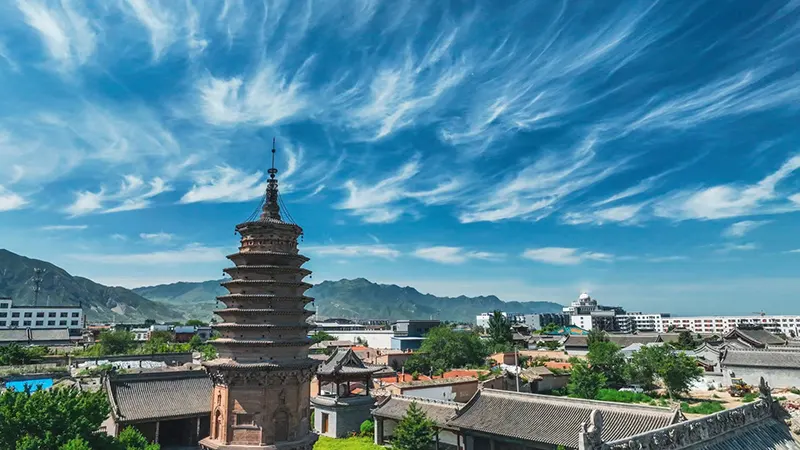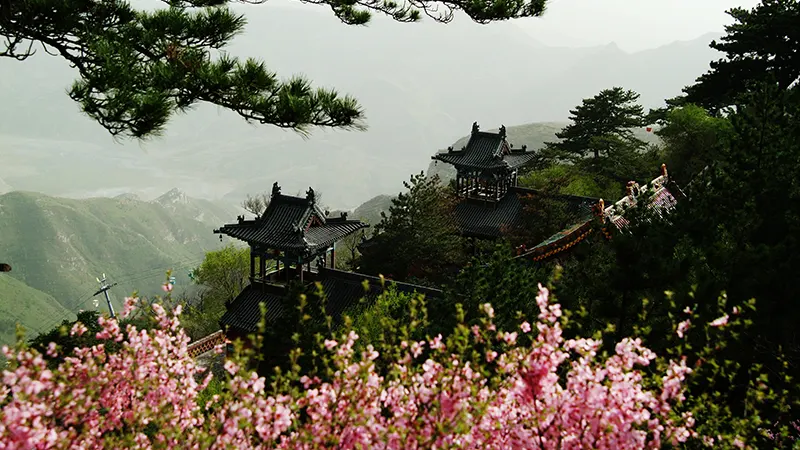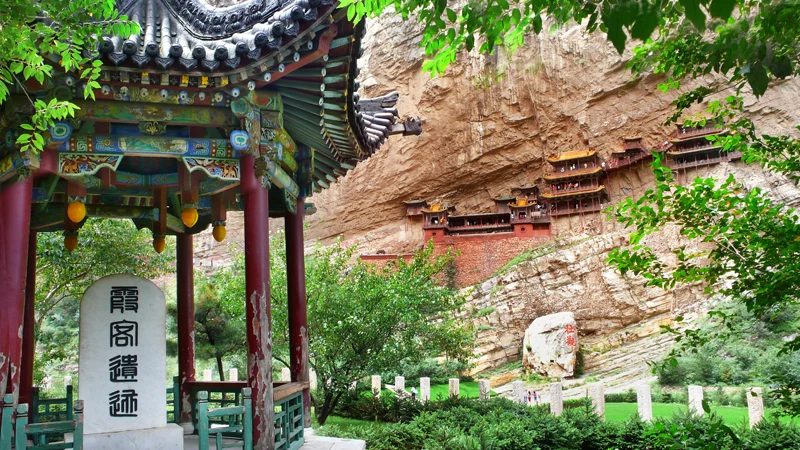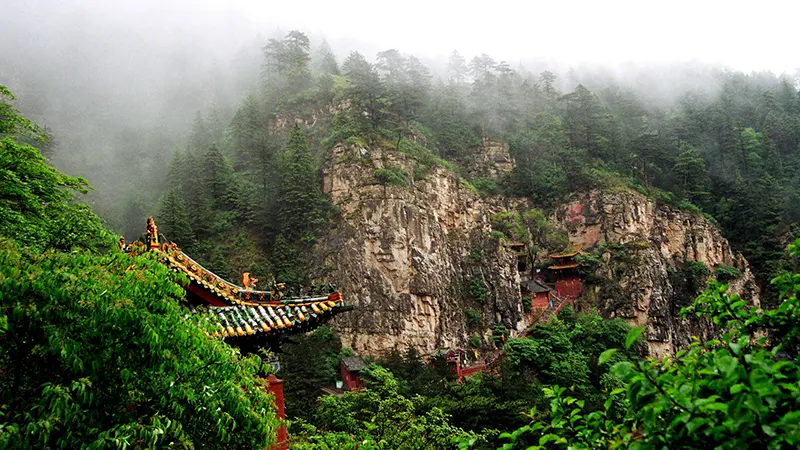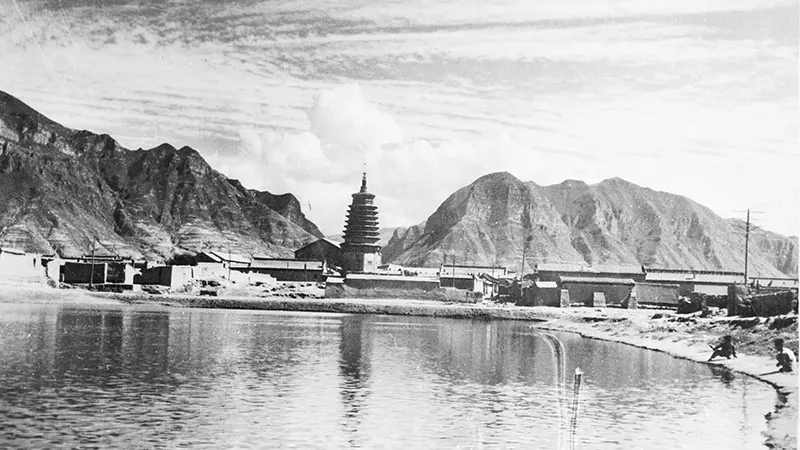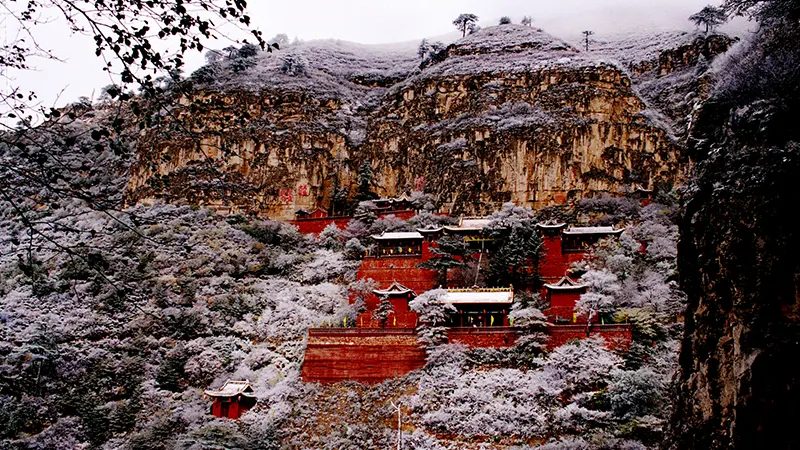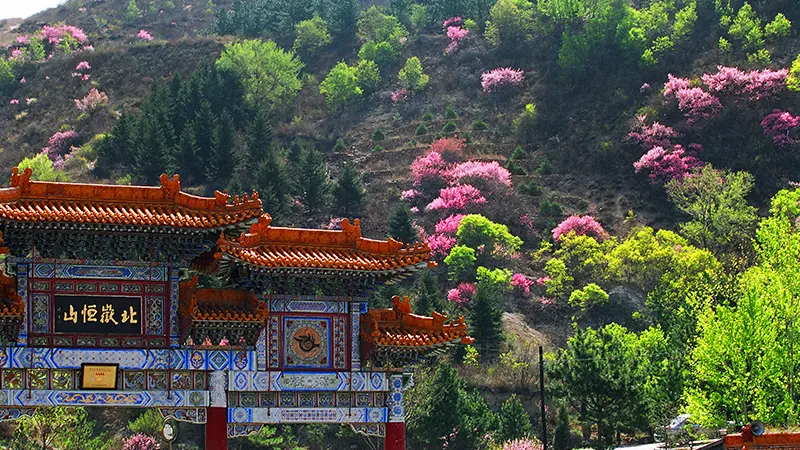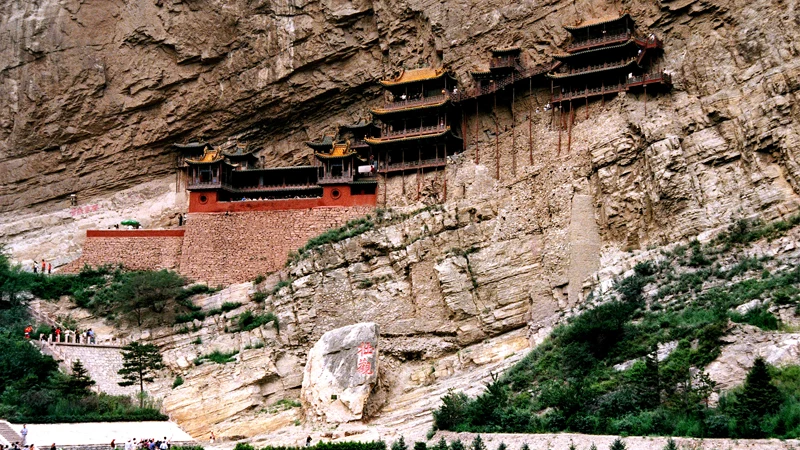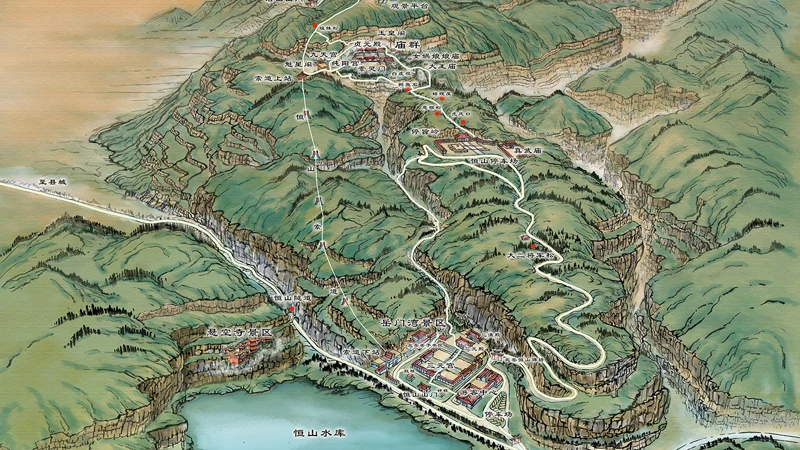-
AboutMount Heng, an outstanding representative of the splendid mountains and rivers of China, a symbol of national prosperity, a totem of national spirit, an important geographical indication of the country, and holds the status of a national mountain.More
-
CultureHengshan has been a famous scenic spot and important birthplace of Taoism in northern China since ancient times. Carrying the symbols of Chinese civilization, it has nurtured profound regional culture and folk customs.More
-
-
Tourist GuideUnderstand relevant information about the scenic area and enjoy a better travel experience.More
-
Surrounding activitiesThe ancient city of Hunyuan at the foot of Mount Heng in Beiyue has a long history, rich cultural heritage, beautiful scenery, and a convergence of agriculture, commerce, and animal husbandry. It has nurtured a unique regional culture and is renowned for its fine wine and delicious food.More
It would be a waste to visit Hengshan Mountain without paying respects at the tomb of General Li
The tomb of Li Yu Mei, known locally as the "folk imperial tomb," is a nationally significant cultural relic protection unit. To commemorate Li Yu Mei, a renowned official known for his water conservancy achievements, and to honor his contributions to river management, the Daoguang Emperor posthumously awarded him the title of Tai Bao and ordered the construction of a magnificent tomb! The entire tomb complex can be considered a rich and diverse exhibition of Han white marble carvings.
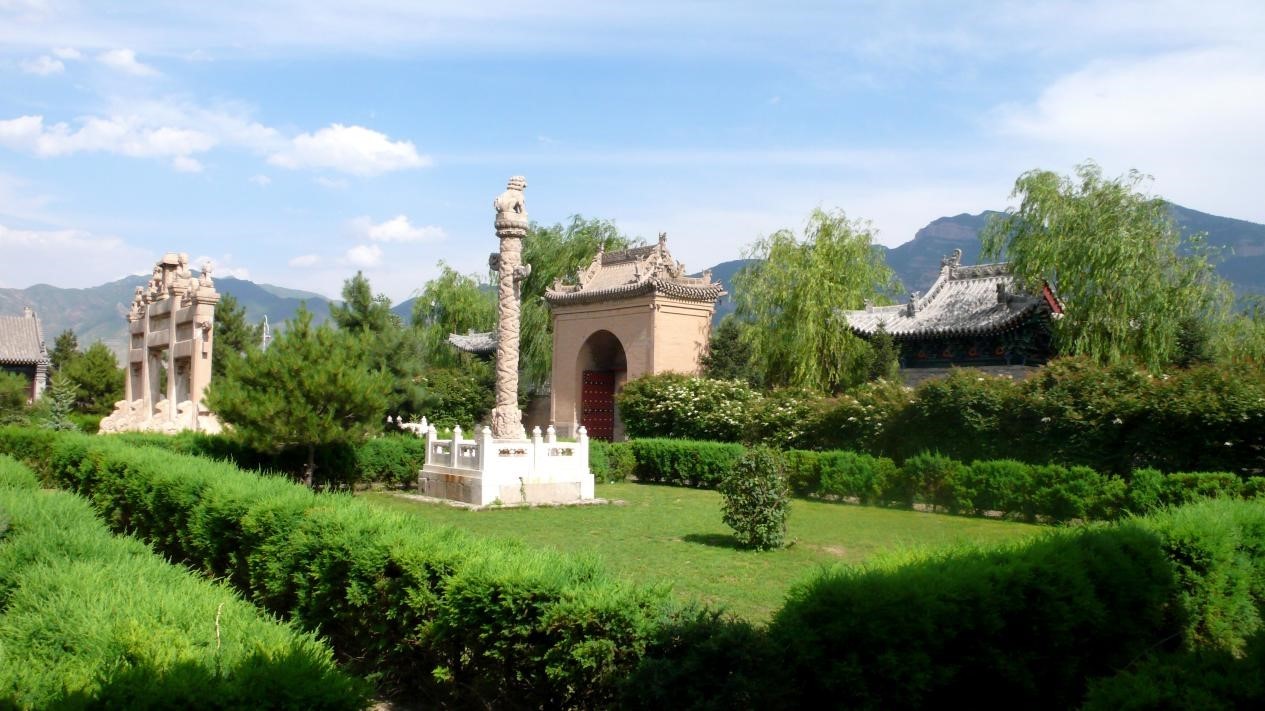

Li Gong's tomb faces south, with a rectangular layout. The main structure is 164 meters long (north-south) and 70 meters wide (east-west), covering an area of approximately 11,333 square meters. From front to back, the tomb complex consists of the God's Way Stele (East), Imperial Edict Stele (West), Southern Entrance Gate, Yan Ze Bridge, East and West Tomb Tablets, Han white marble archway, Epitaph Stele (East), Imperial Sacrifice Announcement Stele (West), Sumida pedestal stone lions, Ancestral Shrine, stone figures, Yong Huai Hall, and the tomb mound. The entire site is serene and solemn, with a regular layout and a north-south central axis, exuding grandeur. Moreover, all the stone materials used in the "Li family's excellent city" are made of giant Han white marble, with high-Specification decoration on the buildings and stone figures.

The tomb's meticulous materials, thoughtful design, exquisite architecture, and splendor make it highly valuable. Locally, there's a saying: "If you don't visit Li Gong's tomb, you haven't truly been to Hengshan Mountain." A visit to the tomb offers insight into Li Yu Mei's morality, conduct, integrity, achievements, and reputation. He is a role model for the people of Hunyuan, a cultural treasure left to Hengshan Mountain by history, and an ideal source of inspiration for future generations.
Category:
Scenic Spot Display
Keywords:
Hengshan
Previous Page
Next Page
Contact Us
Shanxi Mount Hengshan Cultural Tourism Development Co., Ltd. (Ticketing, Consultation, Complaints)
0352-8333031 0352-8333037 0352-8333077
Hanging Temple
0352-8333081 0352-8328630 0352-8328323
Yuemen Bay
0352-8480060 0352-8328318 0352-8328530
Hengzong
0352-8480115
Tianfeng Ridge
0352-8480114
Mount Hengshan Cable Car
0352-8322255
Yong'an Temple
0352-8322390
Li's Family Cemetery
0352-8322381
Mount Hengshan Scenic Area Administration Center (Official)
0352-8322142
Official Media


Tiktok


